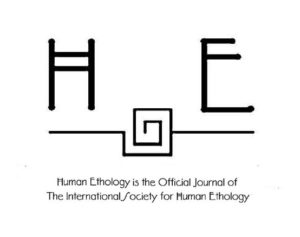Research Article
James B. Moran, T. Joel Wade
Human Ethology, Volume 34, 26-40, published April 17, 2019
DOI: https://doi.org/10.22330/he/34/026-040
ABSTRACT
This research investigated how the effects of a discrepancy in the attractiveness of the members of a couple and how long the couple has been in the relationship effect poaching decisions. Heterosexual men (N = 222) saw a photo where the man was more attractive than the woman, both were equally attractive, or the woman was more attractive than the man. Accompanying the photos were three different descriptions regarding the couple’s relationship duration (2 months, 4 years, or 8 years). Items were then presented regarding the attractiveness of the couple and poaching attempts. The 2-month couple, where the woman is more attractive than the man, was expected to be more likely to be selected for poaching of the woman. Also, attractiveness discrepancy and relationship duration main effects were expected where, in general, the couple where the woman is more attractive than the man would be more likely to be a mate poaching target, and long-duration couples, were expected to be less likely to be mate poaching targets. Results revealed that, contrary to prior survey research on mate poaching, when a couple is equal in attractiveness and when the woman is more attractive than the man, participants indicate they would have more success poaching the woman in the couple.
Keywords: mate poaching, couple’s attractiveness, assortative mating, relationship duration, couple’s discrepancy.
Cite as: Moran, J.B. & Wade, T.J. (2019). Self-Perceived Success in Mate Poaching: How A Couple’s Attractiveness And Relationship Duration Impact Men’s Short-term Poaching Intentions. Human Ethology, 34, 26-40.
ISSN: 2224-4476

